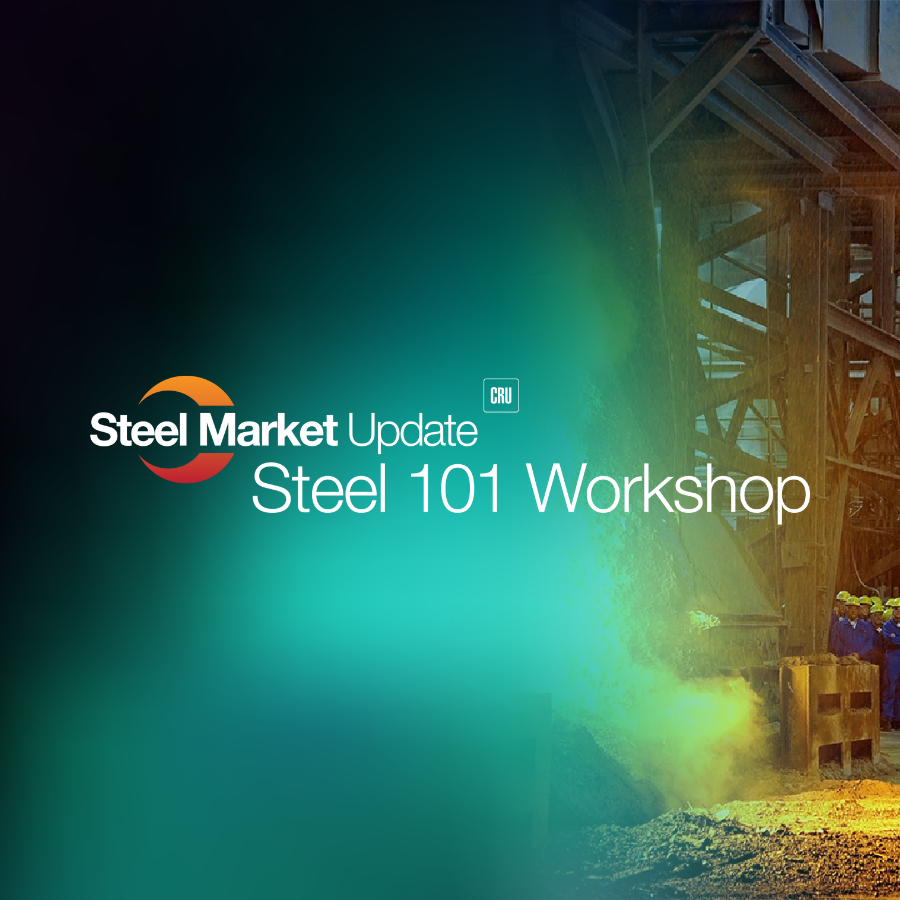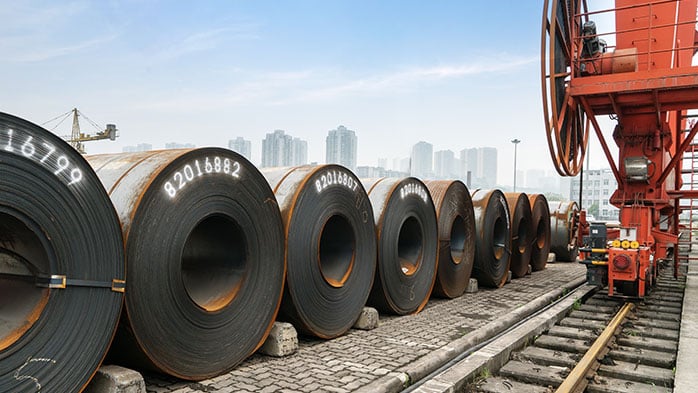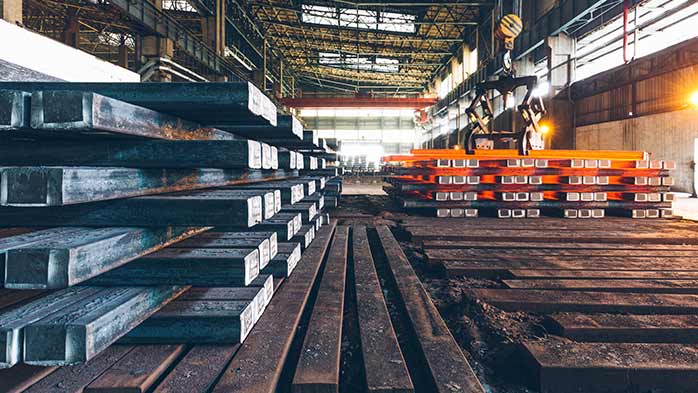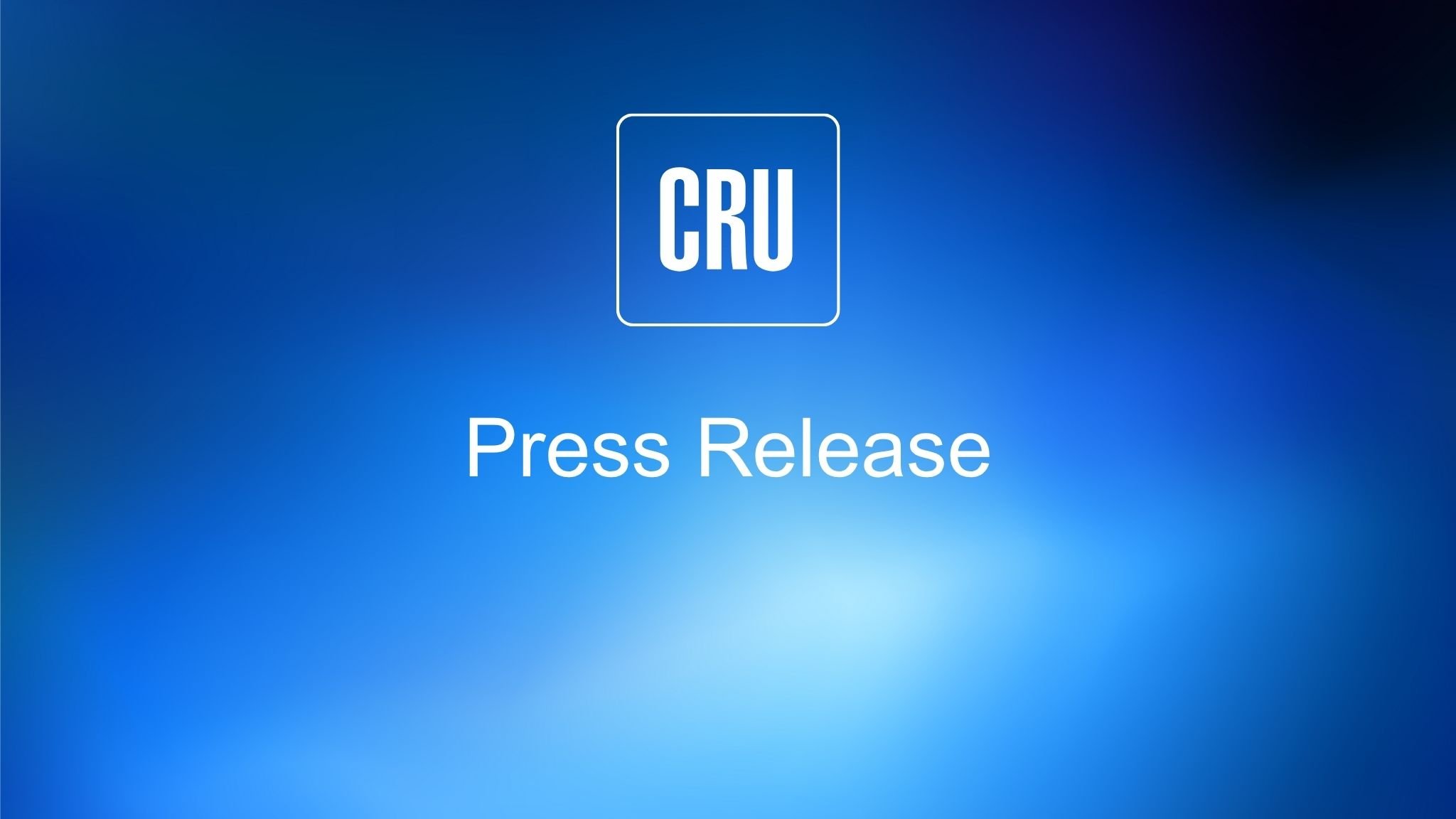Annual contract negotiations between buyers and mills in the US flat rolled steel market are picking up pace as both look to lock in volume for the coming year. As these contracts are finalised, we expect that changes in the market will impact how 2024 contracts are ultimately structured. The primary change in the market is supply rising at a time of limited demand growth.
Production ramp of new EAF mills will impact contract structure and market share
Over the past few years, North American steelmakers have increased sheet capacity, yet the timeline for completion and subsequent ramp up of these projects has been slower than expected. In any startup, new capacity can take time to fully come online as the steel is qualified for use by manufacturers while mill operators work to dial in the quality and consistency of production.
Further, when new capacity is brought to market, a conservative commercial strategy is employed to limit spot market exposure of new production. Otherwise, new capacity can quickly crash a market. Today, we are seeing the most recent wave of new capacity builds set to move forward as mills compete to place this tonnage into 2024 contracts. Therefore, the ramp up of this new capacity will ultimately affect mill market share in the contract market. However, legacy mills often work to solidify their market share by extending terms or agree to multi-year contracts rather than compete on price against new capacity as it is brought up to speed.
Our expectations are that rising EAF-based supply in an environment of minimal demand growth in 2024 will create downward pressure on sheet prices while increased demand for scrap will support scrap costs. If our expectations play out, the combination of this will lead to a lower spread between HR coil and prime scrap prices over the coming year compared to the last two years.
Why does this matter?
Annual contracts are a major segment of procurement strategy for steel buyers as well as the commercial strategy for mills. While automotive contracts are typically at a fixed price, the non-automotive contracts are primarily variable in nature, with the majority based on market prices.
At CRU, we have conducted independent research in the past and found that most variable contracts are based on market prices with either a month or quarter lag. Our research has also confirmed that over 95% of all companies in the US that use a sheet price benchmark for physical contract settlement choose CRU as the underlying index price benchmark.
Variable contracts not based on sheet prices are based on costs, specifically scrap costs. These cost-plus contracts are used exclusively at EAF-based mills and they often reference a scrap price plus an amount that covers conversion costs and a mill margin.
These cost-plus contracts are a benefit to both buyer and producer as they are structured in a way for each to lock in a known long-term volume commitment. Additionally, these scrap-based contracts allow mills to effectively hedge their variable costs and maintain adequate margins.
However, the risk for both producer and consumer is that the ultimate sales price may not fully reflect trends in the market for sheet steel. If our expectation for the market in 2024 is realised, and the spread between HR coil and prime scrap shrinks, buyers with scrap-based contracts may in effect pay more for their steel sheet products compared to a buyer with a CRU-based market contract. The ramp up of the new sheet capacity in the USA will come strictly from EAF mills and due to this, we anticipate that these cost-plus variable contracts will cover more volume than they have in the past.
This situation may be more important for buyers whose performance is determined by their ability to purchase steel at or below the larger market. For manufacturers, competitive costs are a must for their final product to compete and achieve planned margins. At processors, such as service centres, sales to the market are highly price-sensitive where margin is often made on how well a product is purchased, rather than sold.
What is the right procurement strategy for 2024?
There is no single correct strategy for procurement. Experienced buyers often need to diversify their supply base as well as how they physically buy steel to best manage supply chain risks associated with the steel industry. In some years, a scrap-based contract will outperform a CRU market-based contract and at other times, the opposite is true. Additionally, with all the new capacity coming online and the rising competition against legacy mills for contracts, we do expect to see more spot volume in the market. This may mean that astute buyers can actively embrace the spot market for a portion of their procurement needs.
At CRU, our suite of products provides essential data as well as market-leading analysis. Our analysts add further value for our clients by holding private and confidential discussions about these topics as well as in covering our analysis, costs, and forecasts in more depth. If this type of topic is important to your business, please get in contact with your CRU salesperson to learn more about how CRU can assist you in navigating the physical market.
















